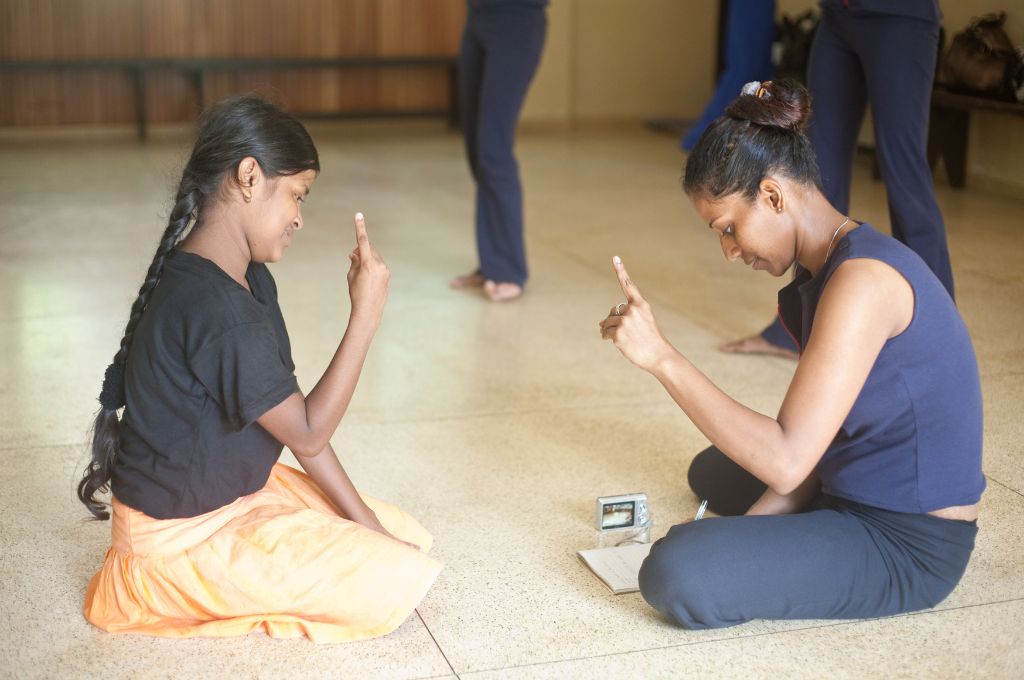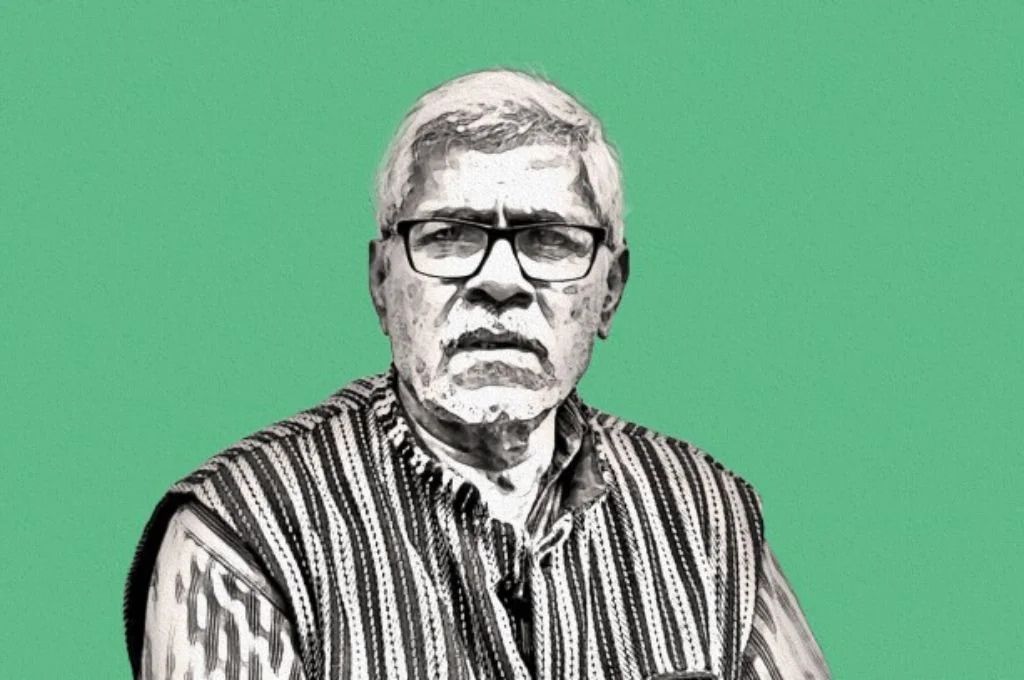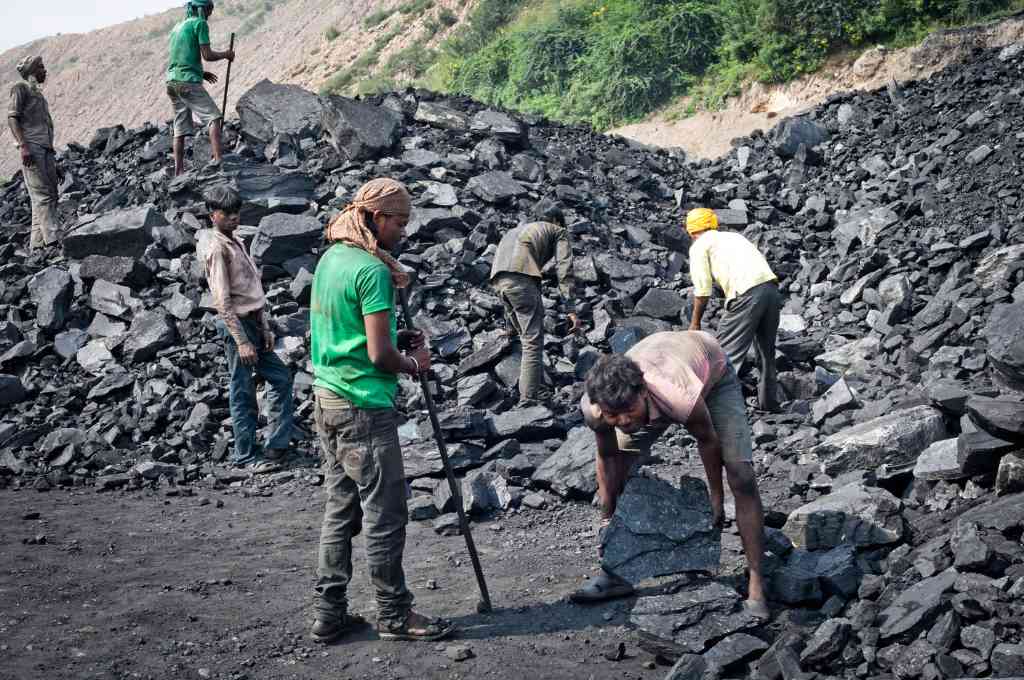Play (noun): The space in or through which a mechanism can or does move. The scope or freedom to act or operate.
Play (verb): Engage in activity for enjoyment and recreation rather than a serious or practical purpose.
The word ‘play’ is associated in common parlance, with children, frivolity, fun, freedom, and laughter. Seldom is it associated with such things as resistance or protest. Among children it is also associated with imitation: children play at house, play at Ma-Baba, going to work, or going to the market. In these, as parents we often see ourselves and our roles being reprised.
But Cindy Katz, in her remarkable ethnographic study Growing Up Global: Economic Restructuring and Children’s Everyday Lives, points out that in children’s play there is practice (mimicry) and also the potential for rethinking and change. For instance, even though going to the market was not a significant role among adults in the society she studies in Sudan, it did make up a significant part of play activities among children that she observed.
Katz also argues that the play of children is not just mimicry, but that it generates a ‘flash of insight’ that comes when you create similarities. This further creates a ‘moment of invention’. For instance, in communities that place restrictions on women, games that girls play include not only cooking and fetching water, but also riding a bike, becoming a leader in the community, or helping a child to study. In doing this, there is imitation—she may have seen someone ride a bike, or give a speech in a community. She’s put that together in an ‘inventive’ moment, to her role as female, thus creating a moment not of imitation, but of invention.
Katz identifies another opportunity for invention in the gap between what we learn in school and how we live in the everyday, that is particularly relevant for children in India. School follows a teaching curriculum which formalises and structures learning, defining clearly what does and doesn’t count as learning. Parallel to this is learning through the everyday: How to manage multiple relationships that are part of an extended family, how to boil milk, and what to say when one responds to the doorbell. This difference between a formalised learning process and learning through imitation and observation on a daily basis, introduces children to a gap between the learned and the seen, which offers a space for ‘inventive possibility’.
Creative protests around the world have used exactly this gap, this inventive opportunity, to create powerful campaigns that have a strong element of play (used here in the sense of drama).
My daughter, in play, is able to give me feedback regarding my behaviour towards her when I’m angry. In imitating me, in exaggerating my mannerisms and voice, she is able to ridicule me, and in that moment of play it is allowed. But what she is actually doing is finding space to protest, do it legitimately, and in doing so, potentially change something for her everyday reality.

We have delegitimised spaces for unstructured play and protest
For long, we have considered play as being for entertainment, recreation, and in more recent times, for learning purposes. In putting play into early childhood curricula, and into extra-curricular classes in primary and middle school, we allocate a time and a manner to it. In doing so, we use it as a means to an end. But those who play—children, the young—use that very space to speak in ways that might not be acceptable in the framework outside of the space in which they play.
Therefore, the sit-in at Shaheen Bagh, which had no single leadership, no beginning or end, but refused to be designated to another place, became something that the system was unable to reconcile itself to.
This interestingly, is exactly what we do with spaces for protest. In Mumbai, there is a designated public space for protest—Azad Maidan. It is an open ground with no structures whatsoever, where you are ‘free’ to protest. In Delhi, it is Ram Leela Ground. In Patna, Gandhi Maidan.
In designating spaces for protest, the system takes the right to protest out of everyday spaces and times, and delegitimises the ‘bringing to attention’ which is such an integral part of protest. Therefore, the sit-in at Shaheen Bagh (by the disenfranchised among the disenfranchised, ie. largely Muslim women and children), which had no structure, no single leadership point, no beginning or end, but refused to be designated to another place, became something that the system was unable to reconcile itself to. Unable to restrict it to its designated space, the system did the only other thing it is equipped to do—exerted its power as a state, using the law, the police, the judiciary, and other arsenal at its disposal.
In November 2019, farmers in Maharashtra’s Shirur taluka protested against revenue officers allegedly siphoning off the land that belonged to rehabilitated farmers. They gathered outside the district collector’s office to play gotya (marbles). In the local language this is a standard mockery. Goti khelna means that you’re doing ‘timepass’ and you’re not serious about your work.
Play is also the small space between rail tracks. It is meant to allow for expansion due to friction or other forms of heat. It is therefore the space that allows for movement within the larger structure, without any threat to the overall integrity of the structure.
As development practitioners there are two ways in which these learnings are significant for us:
- Acknowledging that there is a need for safe and free space for children. We often run programmes where activities are used to guide children to learning outcomes. These are both necessary and valid. But perhaps all our programmes also need to enable free play or play that is unguided and unpurposeful. For instance, in the programmes that Save The Children India (where I work), runs with pre-primary age groups, there is a deliberate 15-minute slot in which teachers leave children to do what they want in smaller groups. They are only present to guard against bullying or violence of any sort.
During mentoring visits, the emphasis is on ensuring there is no leading by the teacher—neither in terms of toys given, nor in the way children sit or move around, nor in what they choose to do—even if it is not to play at that time. This is precisely because of the recognition that this free time and space enables inventiveness, which is after all a larger goal of an education system.
- We often work with disenfranchised groups and bring in our understandings of collectivisation and protest. Perhaps there is also space to recognise built-in systems of resistance within communities and take an understanding of these to the development sector. For instance, in working with some communities we realise that the information given to us is not representative of the reality. We declare that the community is ‘lying’. Yet, that is a form of protest; a sign from the community that perhaps those are not the questions to engage on. It is their form of resistance. Perhaps we have to change our question.
This happens sometimes when we are working with young women who are in sex work. They say that they have chosen this work. And, they have in a sense, as they have decided to do sex work and earn, instead of being married and not having any income or any control over their income. One could say that they have told an untruth. But in fact, they have told us a truth that we only have to recognise; they’re taking us beyond the question of choice, to that of agency. In doing so we are forced to reconsider the way we understand power and the way in which it operates in that community.
In allowing for both play and protest, we could potentially open the space for ourselves and our primary stakeholders, in ways that enable possibilities that are far greater than those allowed for by the frameworks we currently apply.
__
Know more
- Read this article to learn about the role that anti-colonial theatre played in India’s freedom movement.
- Read this essay by philosopher Jacques Derrida in which he speaks about the concept of freeplay.
Do more
- Observe what happens when you leave your young child/children to play on their own. What games do they play, what parts of your personality do they chose to play-act, and why do you think those are selected?
- Volunteer at Save The Children India’s balwadis in Mumbai and Delhi by writing to [email protected]




